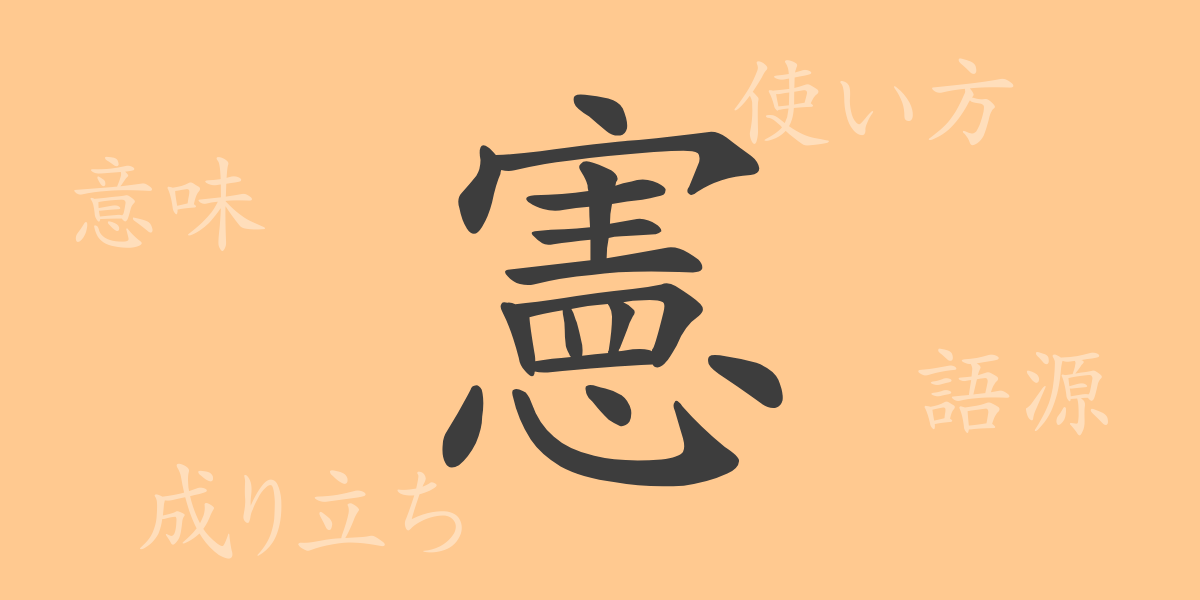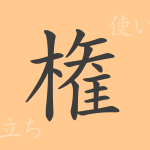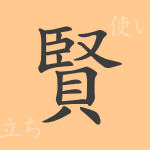In the rich world of Japanese expressions, kanji characters are indispensable. Among them, “憲(けん, ken)” is known as a character symbolizing important concepts related to law and rights. This article delves into the origins and modern usage of the kanji “憲(けん, ken),” exploring its significance and appeal.
Origins of 憲(けん, ken)
The kanji “憲(けん, ken)” is a character passed down from ancient China, and its origin reveals an intriguing history. “憲(けん, ken)” consists of “宣(せん, sen)” and “心(こころ, kokoro).” “宣(せん, sen)” means “to proclaim” or “to spread words,” while “心(こころ, kokoro)” refers to the heart or emotions. Therefore, “憲(けん, ken)” originally implied proclaiming something through the heart, conveying a deep and heartfelt declaration.
Meanings and Usage of 憲(けん, ken)
In modern Japanese, “憲(けん, ken)” is primarily used in terms like “憲法(けんぽう, kenpou)” (constitution) and “憲章(けんしょう, kenshou)” (charter), which refer to fundamental laws or norms of a nation. These terms represent crucial documents that define citizens’ rights and duties and the principles governing a country, serving as keywords that indicate rules and order in society.
Readings, Stroke Count, and Radical of 憲(けん, ken)
The reading and components of the kanji “憲(けん, ken)” are fundamental knowledge in written Japanese.
- Readings: On’yomi (音読み): “ケン(けん, ken)”; Kun’yomi (訓読み): None
- Stroke count: 16 strokes
- Radical: The radical is “心(こころ, kokoro)” (heart), indicating its classification among characters related to emotions and the mind.
Idioms, Proverbs, and Phrases Using 憲(けん, ken)
Idioms and phrases containing “憲(けん, ken)” appear across various fields. For example, “憲法(けんぽう, kenpou)” refers to the constitution of a country, “憲兵(けんぺい, kempei)” indicates military police, and “憲章(けんしょう, kenshou)” signifies a charter or fundamental rules of an organization. These words are indispensable for indicating societal order and norms.
Conclusion About 憲(けん, ken)
The kanji “憲(けん, ken)” is deeply rooted in Japanese culture and law, both in its formation and meaning. This character’s profound background highlights the depth of the Japanese language, reminding us of its importance in our lives. Understanding the meaning of “憲(けん, ken)” and using it appropriately will be a step toward nurturing rich expressive abilities.

























